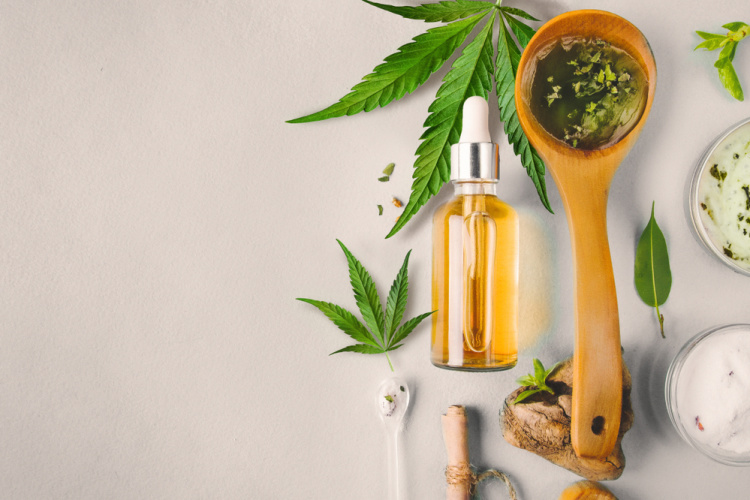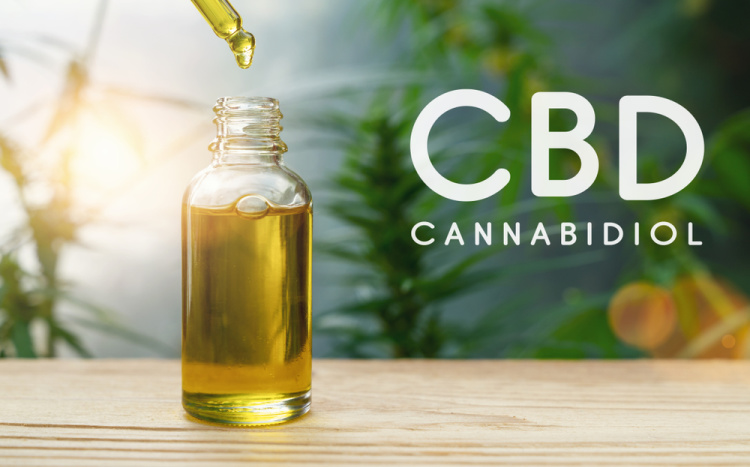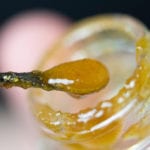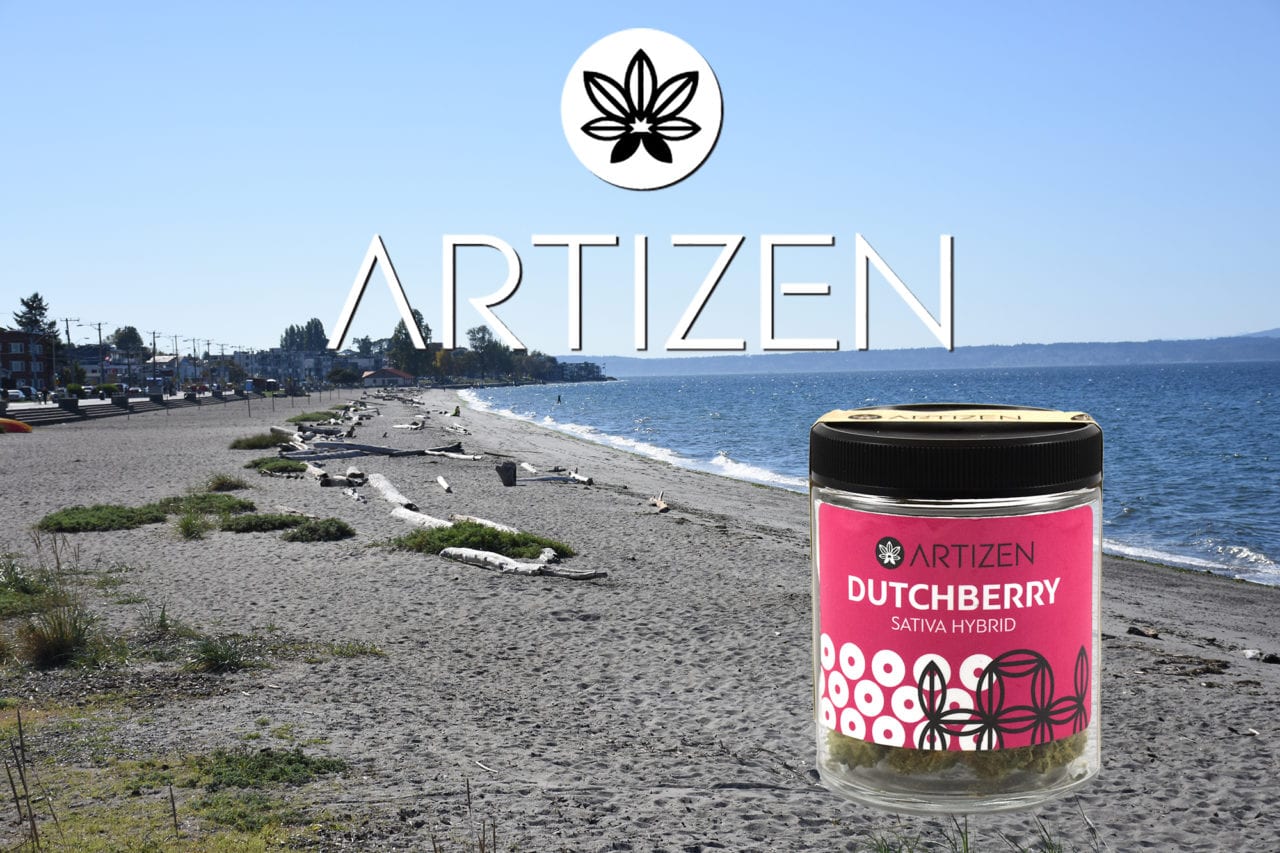While the cannabis plant contains over 100 different cannabinoids, THC and CBD tend to be the ones most commonly talked about. But there are many other cannabinoids that provide unique benefits for the body. One of the lesser-known ones is CBDA or cannabidiolic acid. And while it is similar to CBD, the two have their own unique properties. So what is CBDA, and how is it different from CBD? Here’s a guide on CBDA vs CBD, their effects, and how to use them.
What is CBDA?

Cannabidiolic acid is a type of compound found in cannabis called a cannabinoid. CBD is also a cannabinoid, but you won’t find much CBD if you look at a fresh cannabis plant. Instead, you would see abundant amounts of CBDA. CBDA is a compound that eventually becomes CBD. While CBD comes from grown and cured cannabis plants, CBDA occurs in plants that are still growing. CBDA is what’s known as an acid precursor of CBD and only comes about when raw cannabis containing CBDA is heated, causing what’s known as decarboxylation.
While there has been a lot more scientific research on CBD than CBDA, it is starting to become a cannabinoid of interest. And just like other cannabinoids, CBDA can be used in products for therapeutic use.
How Does CBD Affect the Body?
The medicinal use of CBD is becoming more common every day, and research shows that it is a safe substance with seemingly endless beneficial health effects. Many people use CBD for pain relief. It binds with cannabinoid receptors in the brain and body to reduce inflammation and numb pain. This also makes it great for things like arthritis, injuries, and overall aches and pains. CBD is also popular for boosting mood, reducing anxiety and depression, and getting a good night’s sleep. Research also shows that it can help fight cancer by reducing cancer cells’ growth, and it helps reduce nausea for cancer patients going through chemotherapy.
How Does CBDA Affect the Body?

We are learning that CBDA also provides positive health effects a lot like CBD. And while the two are closely related, they actually work in different ways. CBDA doesn’t bind to cannabinoid receptors the way that CBD does. But it does interact with the body’s endocannabinoid system and boots serotonin production. Studies show that CBDA can act as a COX-2 inhibitor, making it great for reducing inflammation and pain. It can also work as an antiemetic and help fight feelings of nausea and vomiting. One study even found that it works better than CBD at reducing nausea. It also has antidepressant-like effects, can help with sleep, and be used to treat epilepsy.
CBD and CBDA have many similarities, but since they work in the body differently, CBDA may be better at relieving certain symptoms than CBD. And science is just starting to learn about CBDA’s unique benefits.
CBD vs CBDA: How to Use CBD and CBDA
Both CBD and CBDA can be found in oils, tinctures, topicals, and other easy-to-use products. But some users juice the leaves of fresh cannabis to get the freshest form of cannabidiolic acid. Both CBD and CBDA can provide a lot of similar health benefits, and using them depends on your personal preferences and which one is better at helping your symptoms. The best approach is to use them together. Like other cannabinoids, they work very well when combined and can boost each other’s benefits through what’s known as the entourage effect.
Ready to see what CBD and CBDA can do for you? Come down and see us at one of our dispensary locations and our friendly budtenders will be happy to help you find the products that are right for you!





